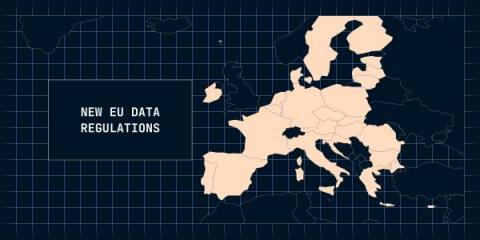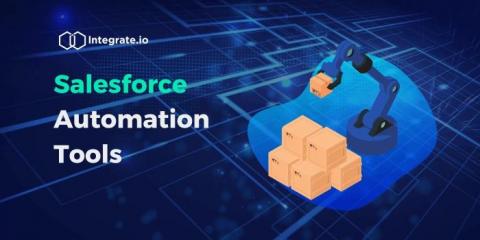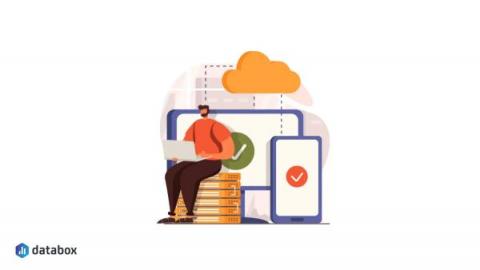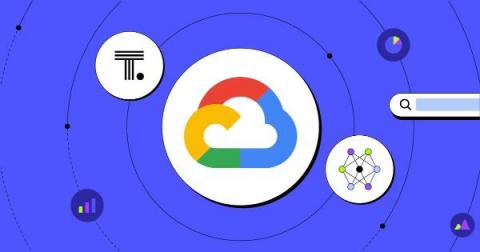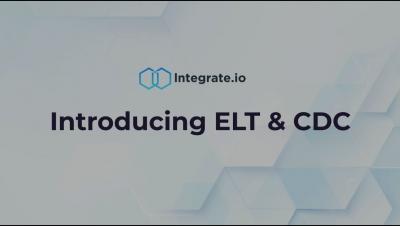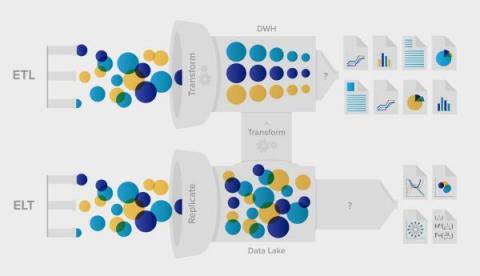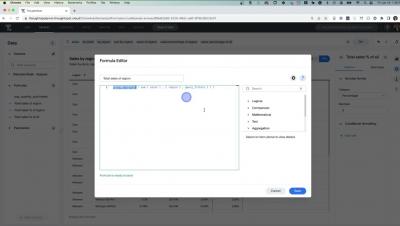Analytics
How to use advance feature engineering to preprocess data in BigQuery ML
How to preprocess data using BigQuery ML so you can get better insights and models.
The EU-U.S. Data Privacy Framework and how it affects data governance (and you)
A recent decision by the European Commission should make data transit from the EU to the US simpler.
Unlock the Full Potential of Hive
In the realm of big data analytics, Hive has been a trusted companion for summarizing, querying, and analyzing huge and disparate datasets. But let’s face it, navigating the world of any SQL engine is a daunting task, and Hive is no exception. As a Hive user, you will find yourself wanting to go beyond surface-level analysis, and deep dive into the intricacies of how a Hive query is executed.
Salesforce Automation Tools: Streamline Your Sales Process
Dear Databox: How Do I Increase Traffic to My B2B SaaS Site?
How ThoughtSpot Partnered with Google Cloud to put AI at the center of BI
At ThoughtSpot, we believe making data accessible to every knowledge worker requires human-centered technology—an analytics experience that bridges the “language” barrier between technology and people. AI is the perfect compliment to search because it empowers organizations to analyze, understand, and act on data.



